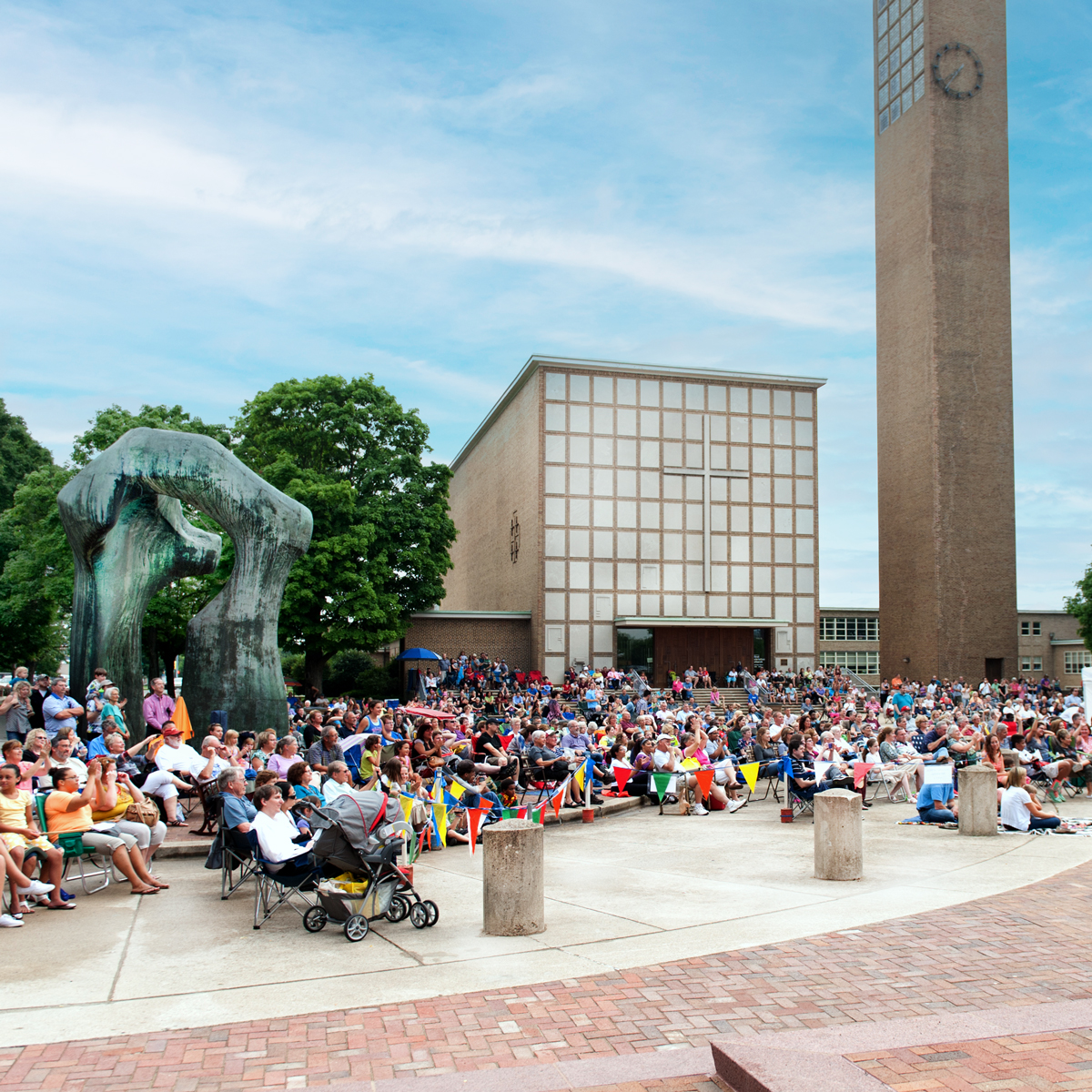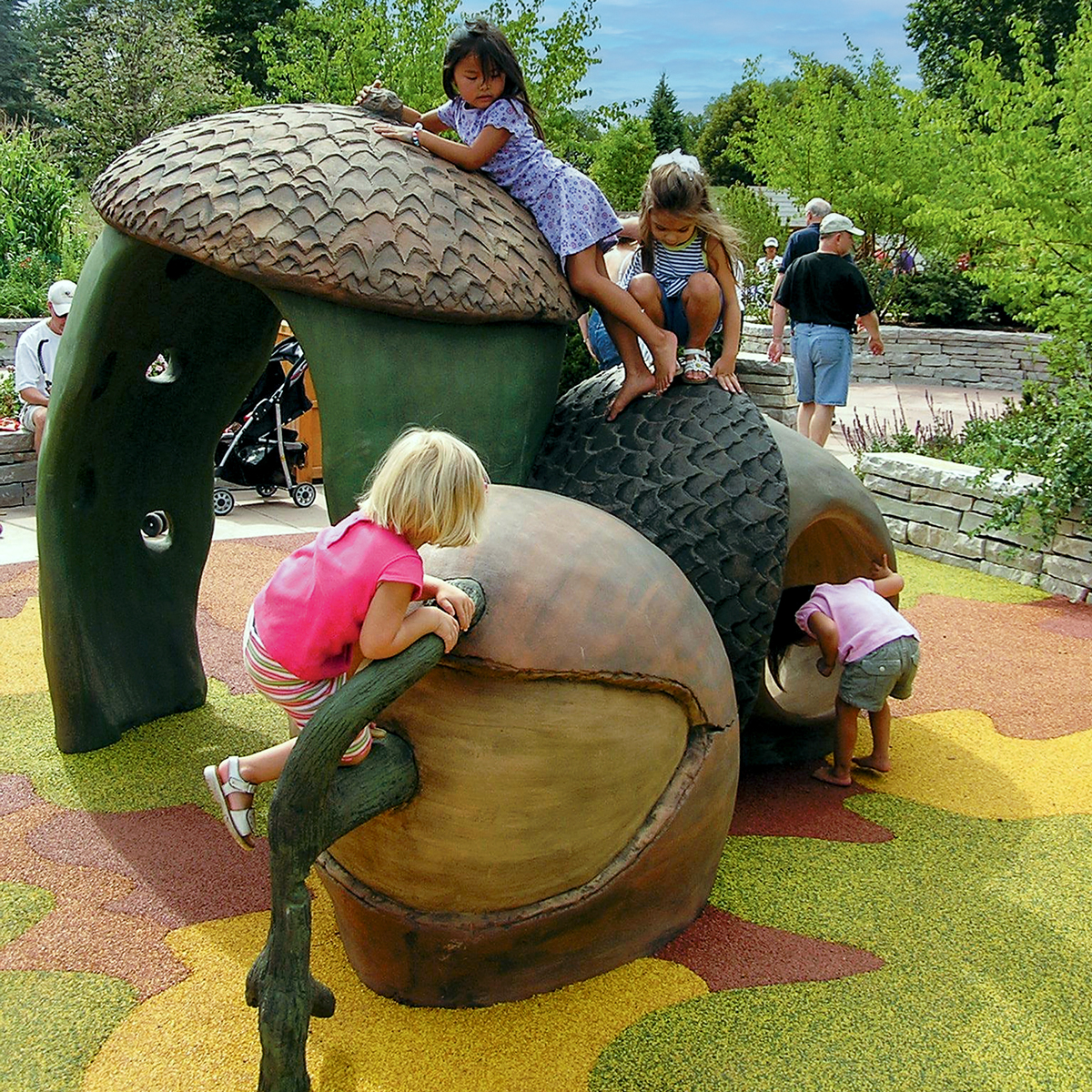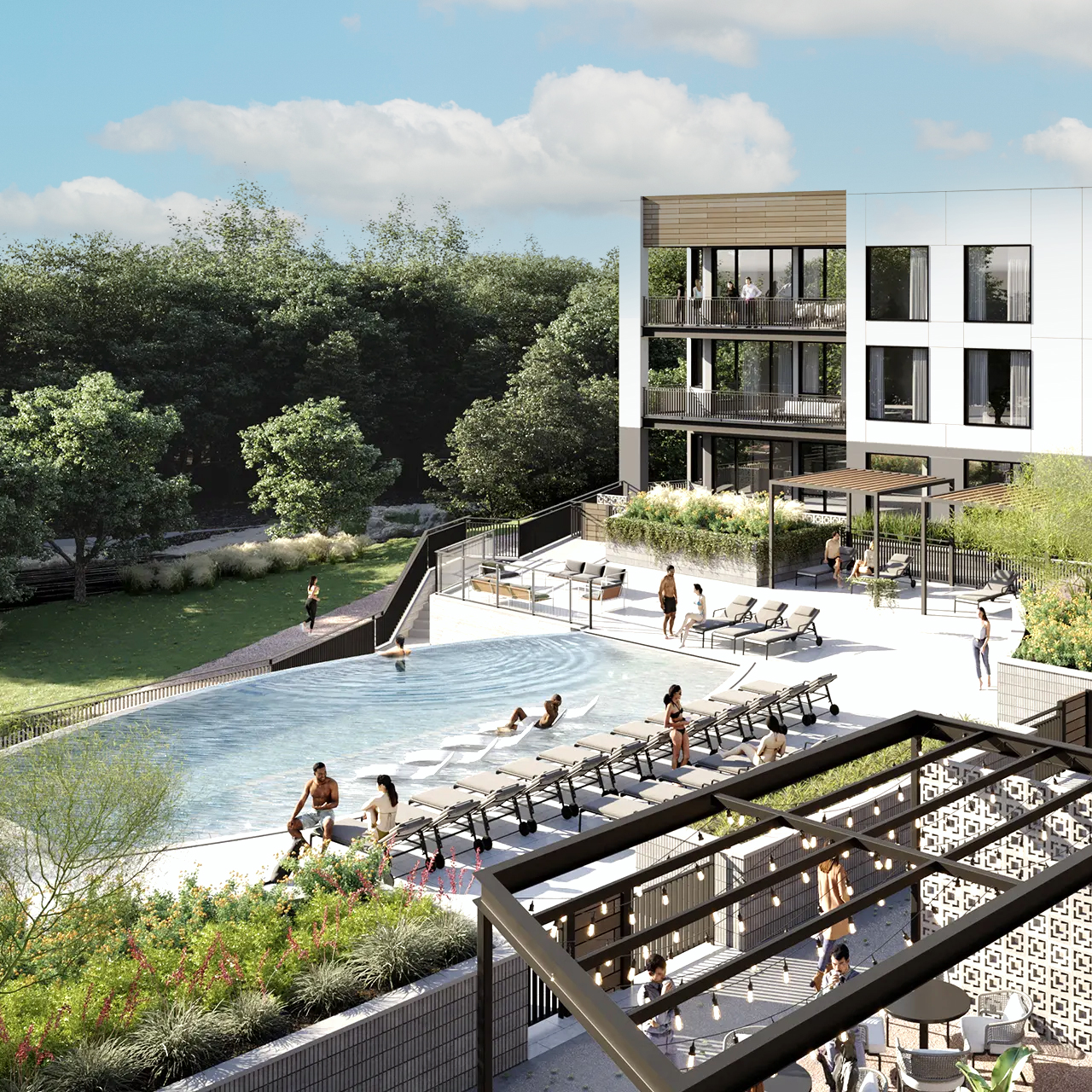When I was a kid, my school would conduct a field trip to the State Fair of Texas in Dallas every October. We’d take in the sights and sounds of Big Tex, the Midway, and all the cool new rides and exhibits. It was heaven. In fact, it was sensory overload. The smells from the food booths were intoxicating, especially that caramelized scent of cotton candy. If I get a hint of that aroma today, I am instantly 10 years old, at the Fair on a crisp fall day, and I can see the faces of my classmates, hear the din of voices and laughter of the Midway and practically taste that sugary cloud of sweetness.
I’ll bet you can relate. Maybe not those exact same triggers, but likely in the ways that visiting certain places can evoke memories, foster relationships and inspire stories.
At Hitchcock Design Group, we think of placemaking as storytelling at scale™. As landscape architects, our role in placemaking is to connect people to places through shared narratives, memories, and cultural identities. Following are a few of the ways we think storytelling contributes to placemaking.



Celebrates Who We Are
Storytelling helps in preserving and communicating the cultural heritage of a place. By sharing stories about a community’s history, traditions, and experiences, placemaking fosters a deeper connection to the space and strengthens community identity.
Gets Us Involved
Stories invite people to participate and contribute, making them active stakeholders in the development and transformation of a place. Through storytelling, communities can express their values, aspirations, and collective experiences, which can guide our design and the functionality of spaces.
Creates Real Community
Places are often more meaningful when they have stories attached to them. Storytelling can color a space with a sense of purpose and significance, turning it into more than just a physical location. This can enhance the emotional and psychological connection people have with the space.
Stories Are For Everyone
By including diverse narratives and voices, storytelling can ensure that a wide range of experiences and perspectives are represented in placemaking. This helps in creating spaces that are inclusive and reflective of the entire community.
Great Community Attractors
Storytelling can attract visitors, businesses, and investment by highlighting the unique aspects of a place. When a space has a compelling story, it can become a destination, contributing to economic growth and social vitality.
Builds a Sense of Pride
Shared stories help create a sense of belonging among community members. When folks recognize their own experiences and histories in the stories of a place, they are more likely to feel a connection to it and take pride in maintaining and improving it.
Guides Design and Architecture
Storytelling can inform the physical design of a space, inspiring architects and planners to incorporate elements that reflect the narratives and identities of the community. This ensures that the built environment resonates with those who use it.
In summary, storytelling in placemaking is about weaving the collective and individual narratives of a community into the fabric of a place, celebrating an authentic cultural identity and making it more meaningful, inclusive, and connected to its people.
Stay tuned to learn more about the impacts of story on placemaking in the markets we serve!

